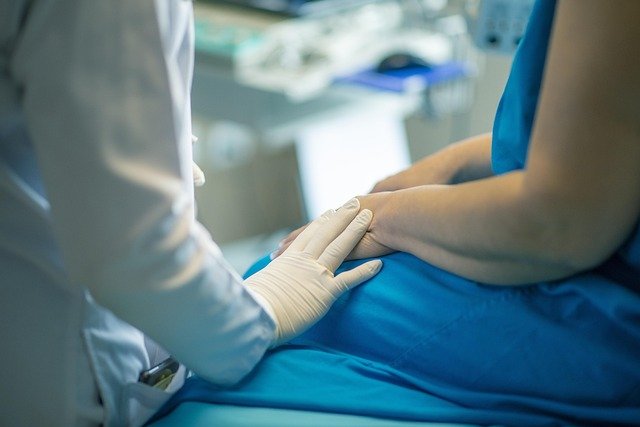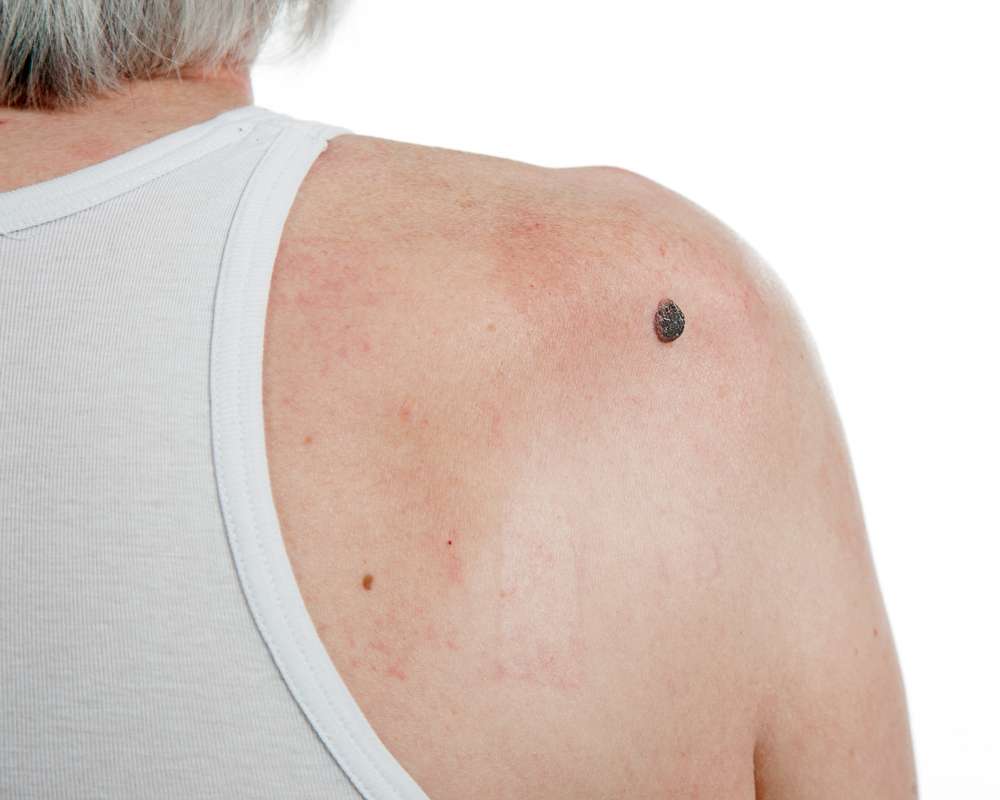Understanding laser removal of warts and what to expect
Warts are small, benign growths caused by the human papillomavirus (HPV). They can appear anywhere on the body but are particularly common on hands and feet. Although warts are generally harmless, they can be unsightly and sometimes uncomfortable. This article explores the laser removal of warts, examining how the procedure works, its effectiveness, and recovery expectations. By the end, you’ll understand the procedure and whether it could be a good option for you.

What Are Warts and Why Do They Occur?
Warts develop when the human papillomavirus (HPV) infects the top layer of skin, causing rapid cell growth that results in the characteristic raised, rough texture. These viral infections can spread through direct contact or by touching surfaces contaminated with the virus. Common locations include hands, feet, and other areas where skin may have minor cuts or breaks that allow the virus to enter. Different types of warts exist, including common warts, plantar warts (on feet), and flat warts, each with slightly different appearances.
How Does Laser Wart Removal Work?
Laser wart removal employs focused light energy to target and destroy the wart tissue and its blood supply. The procedure typically uses either pulsed-dye laser or carbon dioxide (CO2) laser technology. The laser beam precisely targets the tiny blood vessels that feed the wart, effectively cutting off its blood supply while simultaneously destroying the infected tissue. This targeted approach minimizes damage to surrounding healthy skin and helps prevent scarring.
Benefits of Laser Removal Over Traditional Methods
Laser treatment offers several advantages compared to conventional wart removal techniques:
-
Precision targeting that spares healthy tissue
-
Minimal scarring due to controlled tissue destruction
-
Reduced risk of infection compared to surgical removal
-
Faster healing time than chemical treatments
-
Lower recurrence rates in many cases
-
Ability to treat multiple warts in one session
What to Expect During Treatment
The laser removal procedure typically follows these steps:
-
Initial consultation and wart assessment
-
Cleaning and preparation of the treatment area
-
Application of local anesthetic if needed
-
Delivery of laser pulses to the wart tissue
-
Bandaging and aftercare instructions
Most sessions last 15-30 minutes, depending on the number and size of warts being treated.
Recovery and Aftercare
Post-treatment care is crucial for optimal results. Patients can expect:
-
Mild discomfort for 24-48 hours
-
Formation of a scab that will naturally fall off
-
Complete healing within 2-4 weeks
-
Possible need for multiple sessions for stubborn warts
Treatment Costs and Provider Options
| Treatment Type | Average Cost Range | Number of Sessions Needed |
|---|---|---|
| CO2 Laser | $200-$500 | 1-3 sessions |
| Pulsed-Dye Laser | $250-$600 | 2-4 sessions |
| Combined Approach | $300-$800 | 1-3 sessions |
Prices, rates, or cost estimates mentioned in this article are based on the latest available information but may change over time. Independent research is advised before making financial decisions.
Most warts respond well to laser treatment, though success rates vary depending on the type and location of the wart. While laser removal represents a more significant upfront investment compared to over-the-counter treatments, its effectiveness and reduced need for repeat treatments often make it cost-effective in the long run.
This article is for informational purposes only and should not be considered medical advice. Please consult a qualified healthcare professional for personalized guidance and treatment.




